Overview of Planning capabilities in SAC
Category: SAP Analytics Cloud Posted:Aug 21, 2020 By: Alvera Anto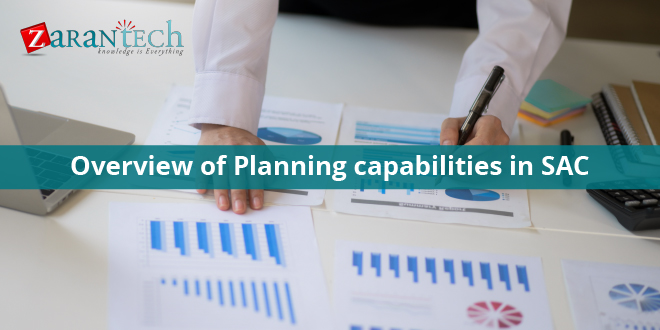
SAP Analytics Cloud is SAP’s cloud-based analytical tool with a wide range of capabilities. SAP brings its extensive business analytics experience to bear in SAC by coming up with an enterprise-level cloud-based analytics platform that deals with multiple user groups with a simple UI and gentle understanding.
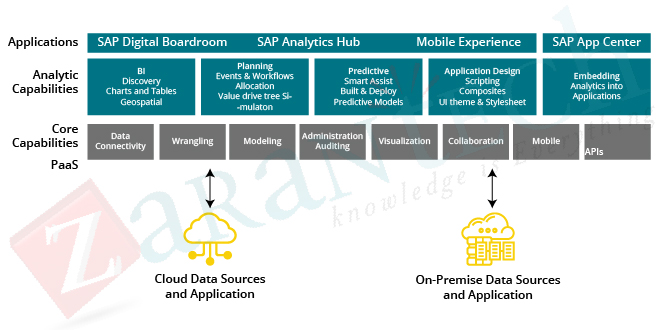
In this blog, we will be taking a look at the planning capacities of SAC particularly. The existing BI market has a wide variety of planning tools both on-premise and cloud-based however, in many cases, the planning tools are for specific capabilities and most of the planning tools are built to support planning abilities (as expected) and do not satisfy analytical demands. This frequently results in various tools being used for analytics and planning and together with it, several data sets and the usual interoperability issues that come with it.
This functions well when there is a lot of multivariate planning that requires to be done and usually planning models are built to execute a great deal of disaggregation and aggregation on various levels depending on a lot of configuration. This function of planning tools also makes them hard for the top-level manager who wants to plan at a higher level and stimulate service results rather than develop a fully-fledged strategy.
For this function, we can classify the planning functions at a high level with some examples.
- A financial planner who needs to anticipate the annual plan for the business, regularly at an SKU level or Business Line level, that involved variables like Production capability, product price, logistics price, and so on
- A top-level manager who wants to stimulate based on macro planning variables
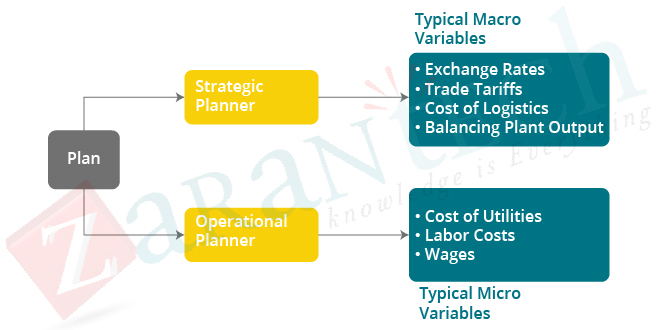
This involves one more Segway where we have 2 sorts of bars that can be used for planning– Macro and Micro. A Macro variable would be something that influences the entire business, this could be points like Currency exchange rate, Trade tolls, Cost of Logistics, Harmonizing plant outcome, etc. These variables are at a high level and have a deep effect on planning throughout numerous levels. A micro variable would be something specific to the enterprise or plant-like expense of energies, cost of logistics to relocate to a storage facility, trucking expenses, labour costs, and so on
In a rapidly changing business atmosphere, it is crucial to be able to understand the impact of these macro variables because they can transform rapidly, and business strategies need to be changed appropriately. This would certainly include issues like– How will my profitability change of exchange rates went up b 5%? If there is a trade toll of 20% what will be my manufacturing mix?
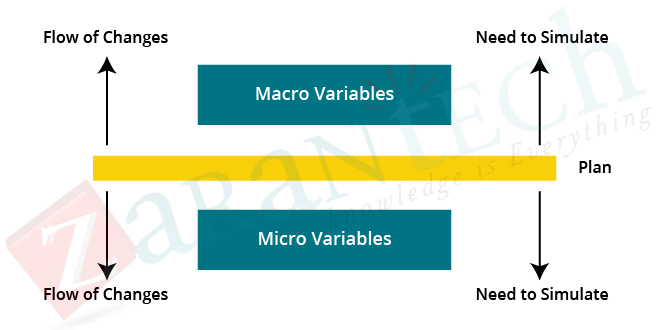
Unfortunately, for the most part, these variables are baked into the planning logic that simulations of any particular variables would still include a lot of changes in the planning model to simulate the result. As a result, the business often relies on excel sheets to stimulate using thumb rules rather than try and change the planning model because these are in most cases one-off circumstances.
Consequently, we have SAC Planning which provides you with a mix of both. In SAC Planning, you can do high-level planning and replicate your projections and also have the capability to lower the disaggregation if you are making use of SAP’s Service Planning and Consolidation.
In this instance, SAC enables two alternatives:
- Import data from SAP BPC (Netweaver and Microsoft) into SAC and record on the same by mapping the dimensions, and after that use SAC for planning rather than BPC and create back data to BPC from SAC.
- Run predictive analysis on BPC data locally within SAC to determine patterns and simulations and write back if necessary.
- The other advantage is that once the BPC data is imported into SAC, you can combine it with other data versions to develop your plan even more.
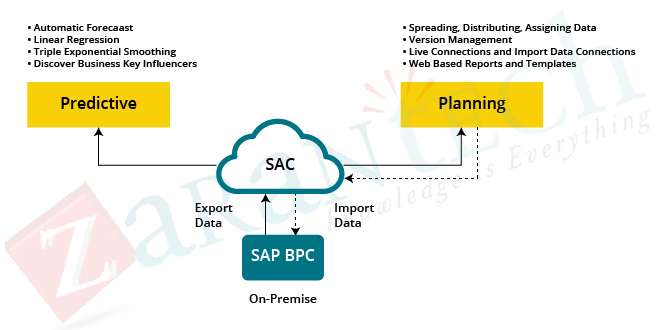
These use cases are described as Crossbreed Planning. SAP Analytics Cloud has all the analytics abilities which include Business Intelligence(BI), planning and predictive analytics in a single option. SAC has a lot of functions available with planning features which can be described as SAC — Planning. The Interface for SAC is user-friendly and has a very reduced understanding contour for individuals to get familiarized with it.
SAP being an enterprise-focused firm has built the SAP Analytics Cloud as a system for all your analytical requirements and not just as a visualization platform. Consequently, it sustains a wide range of functions like Planning, Predictive, Analytics, etc
Closing Notes
That’s all for today. If you’re interested to read more blogs on this topic, feel free to visit our website.
At ZaramnTech, we also offer a wide range of self-paced, online SAP-related courses. Browse through our course pages for further information.
Happy learning!
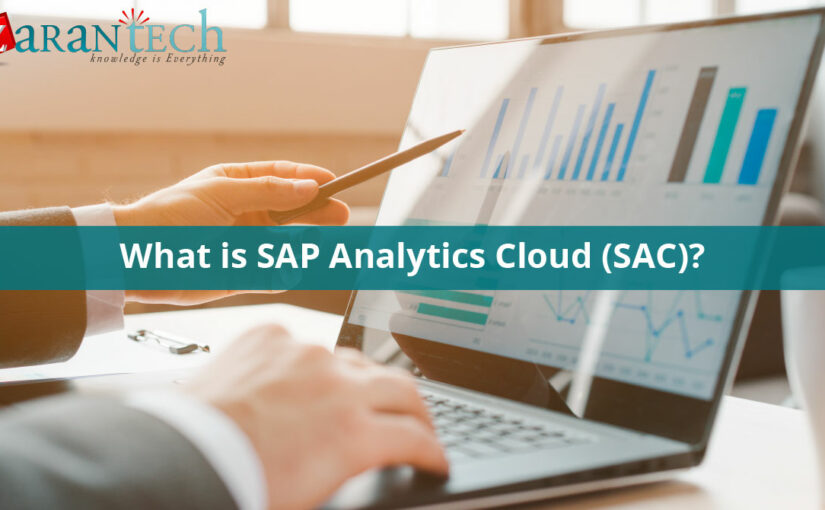

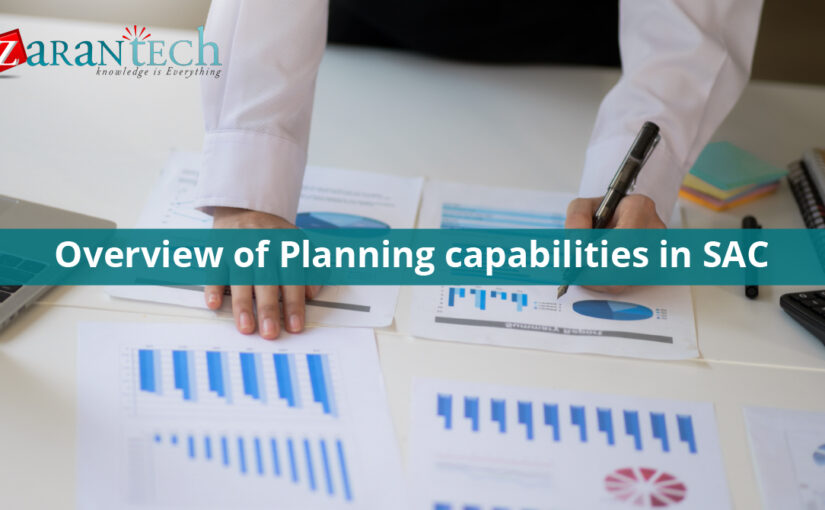
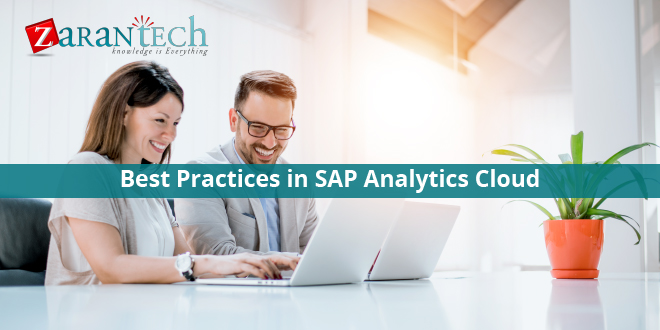

 99999999 (Toll Free)
99999999 (Toll Free)  +91 9999999
+91 9999999